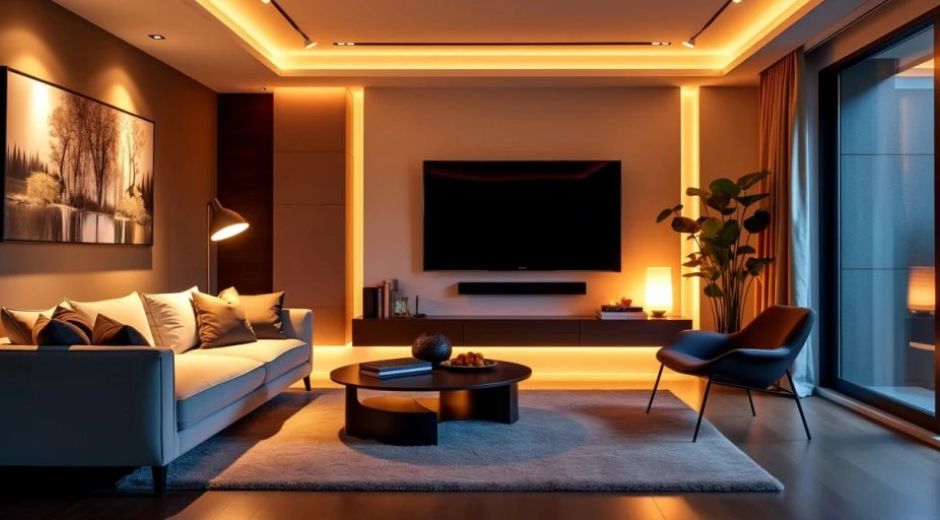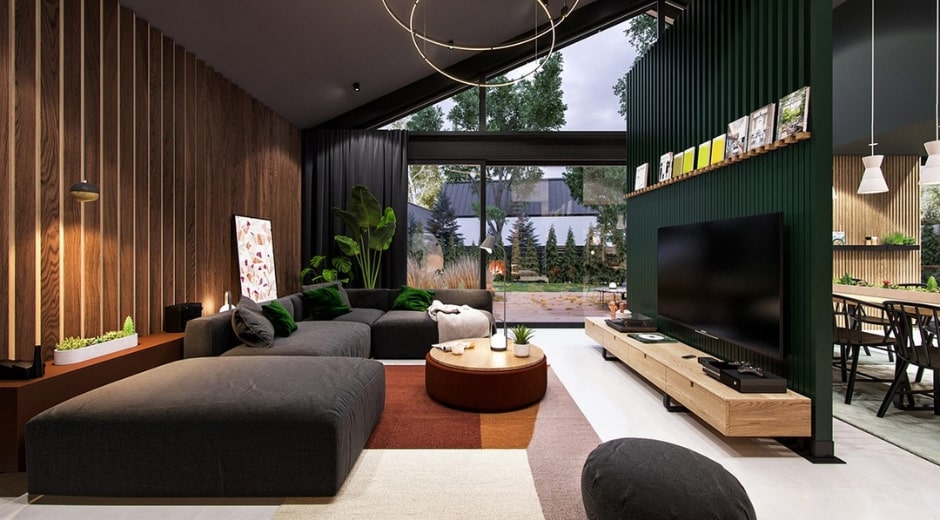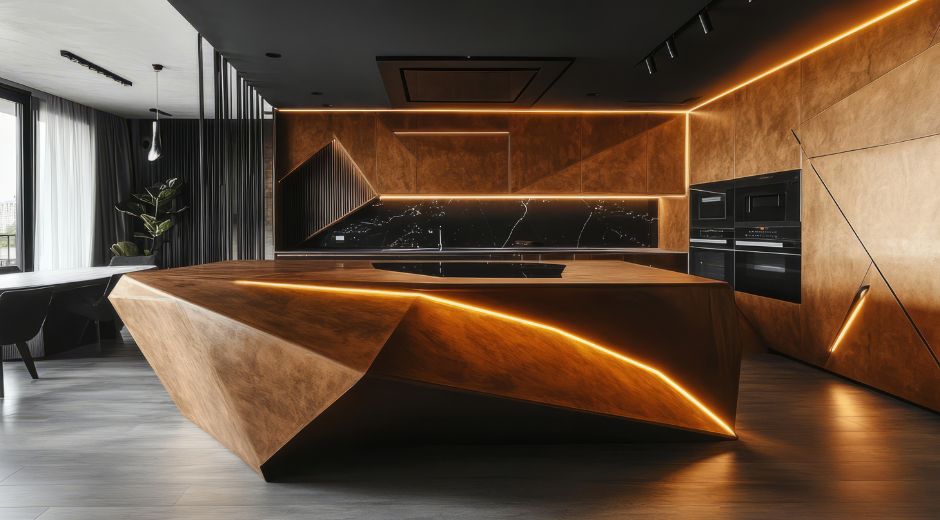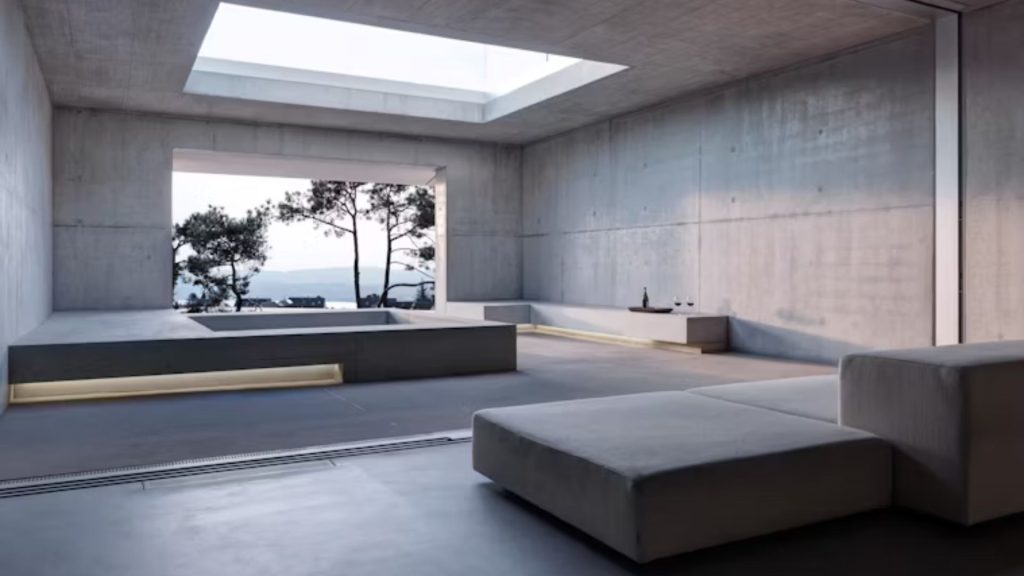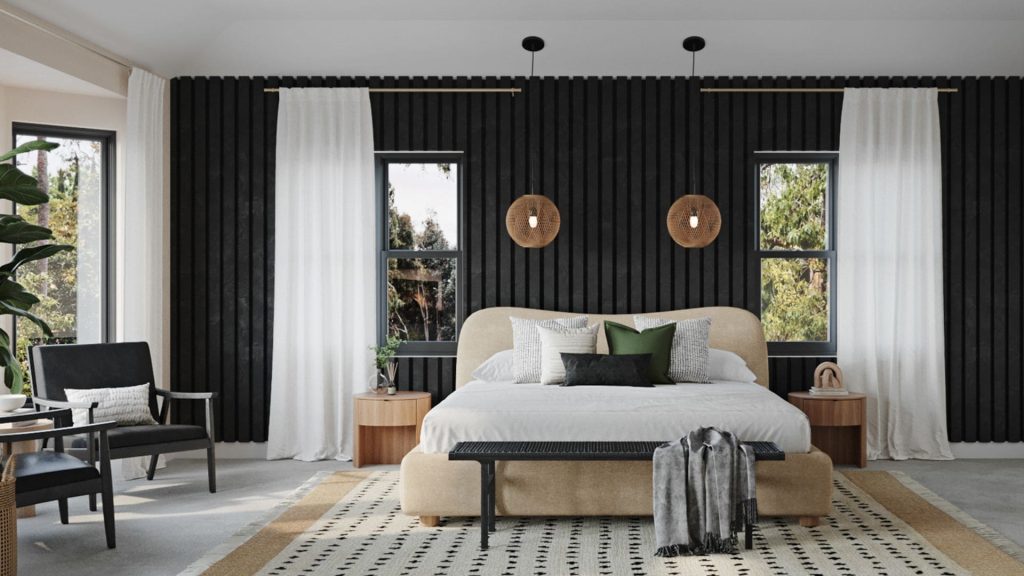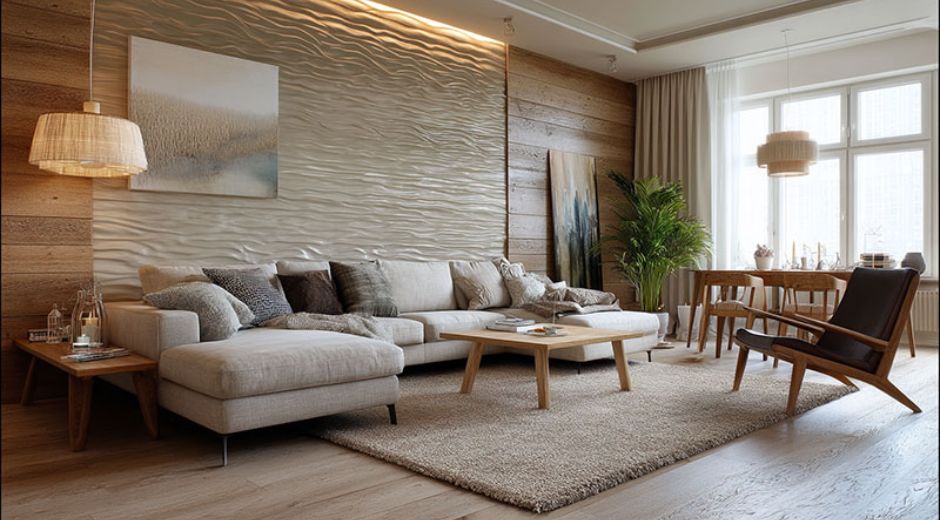The Future of Workplace Safety: Smart Visibility Tools
The Future of Workplace Safety: Smart Visibility Tools
Introduction
Lighting is more than a functional necessity in a home—it’s one of the most impactful finishing elements that can elevate the style and ambiance of any space. Properly chosen lighting accents enhance textures, highlight decorative details, and give rooms a polished, cohesive look. From pendant lights and wall sconces to LED strips and chandeliers, these finishing touches can transform ordinary interiors into visually striking environments.
In this guide, we’ll explore practical strategies to use lighting accents as decorative finishing elements that balance aesthetics and functionality. Whether you’re a DIY enthusiast or a homeowner looking to upgrade your interiors, these tips will help you make thoughtful choices.
1. Understanding the Role of Lighting Accents in Finishing
In interior design, lighting accents serve as more than illumination—they are finishing elements that complete a space. Accent lighting can emphasize architectural features, artwork, or furniture, providing depth and dimension. Unlike ambient lighting, which illuminates a room uniformly, accent lights are directional and purpose-driven, focusing attention on specific areas.
By integrating lighting accents into your finishing plan, you create layers of visual interest that make spaces feel intentional, well-crafted, and elegant.
2. Layering Lighting for a Polished Finish
A key principle in using lighting accents as finishing touches is layering. This involves combining ambient, task, and accent lighting to achieve both function and style:
-
Ambient lighting provides overall illumination. Examples include ceiling-mounted fixtures or recessed lighting.
-
Task lighting focuses on functional areas like kitchens, workspaces, or reading corners.
-
Accent lighting emphasizes key decorative or architectural features.
For example, in a living room, you could combine recessed ceiling lights (ambient), a reading lamp (task), and wall sconces highlighting artwork (accent). Layered lighting accents ensure every detail of your space is both visible and visually engaging.
3. Highlighting Textures and Materials
One of the most effective ways to use lighting accents in finishing is to highlight textures and materials. Exposed brick, wooden beams, and textured walls gain character when illuminated strategically.
LED strip lighting or recessed spotlights can create shadows and depth, emphasizing the unique finishes in your home. These subtle touches not only add elegance but also reinforce the quality of your design, showing that attention was paid to every detail.
4. Selecting Fixtures as Decorative Statements
Fixtures themselves can be a form of decorative finishing. Modern pendants, sculptural wall sconces, and chandeliers act as both light sources and statement pieces.
When selecting lighting accents, consider how each fixture complements your design theme:
-
Sleek geometric pendants suit minimalist interiors.
-
Vintage or ornate chandeliers enhance traditional spaces.
-
Mixed materials and metallic finishes add sophistication in eclectic designs.
Thoughtful selection ensures that lighting contributes to the room’s overall finishing, rather than just functioning as illumination.
5. Creating Mood and Ambiance
Mood setting is a major part of decorative finishing. Lighting accents allow you to control atmosphere through warmth, intensity, and placement. Warm, soft lighting creates cozy, inviting spaces, while brighter, cooler lights energize kitchens or offices.
Dimmable bulbs and smart lighting systems provide flexibility. You can adjust your lighting accents depending on the time of day, activity, or desired ambiance, adding versatility to your finishing design.
6. Accent Lighting in Compact Spaces
Even small rooms benefit from lighting accents. In tight spaces, these lights can make areas feel larger and more refined. Wall-mounted sconces, LED strips under cabinets, or focused spotlights can highlight decorative finishes, elevate storage areas, and make spaces feel more luxurious.
Hallways, closets, and staircases particularly gain from accent lighting. Proper placement ensures safety while doubling as a decorative finishing touch.
7. Color and Light Temperature for Finishing Effects
The color and temperature of lighting accents influence the perception of finishes and materials. Warm white light (2700–3000K) highlights wood and soft furnishings, enhancing coziness. Cool white light (4000–5000K) emphasizes sleek surfaces like metal, glass, or stone, giving a modern, polished look.
For more dynamic effects, RGB LEDs allow for colored accent lighting, adding a unique flair to your finishing design without changing permanent elements.
8. Exterior Finishing with Accent Lighting
Decorative finishing isn’t limited to interiors. Outdoor lighting accents can frame patios, gardens, or entrances, emphasizing architectural details and landscaping. Pathway lights, wall-mounted fixtures, and string lights enhance curb appeal while providing safety and style.
By coordinating interior and exterior accent lighting, you create a cohesive finishing approach that enhances your property’s overall aesthetic. Experts at Metro Property Homes recommend thoughtful accent lighting as a way to boost both style and property value.
9. DIY Tips for Installing Lighting Accents
For homeowners and DIY enthusiasts, installing lighting accents can be straightforward with careful planning:
-
Measure and mark placement before installation.
-
Use plug-in options for flexibility and minimal wiring.
-
Adjust angles to direct light to specific features.
-
Combine fixtures of different materials to create depth and contrast.
For step-by-step guides, product recommendations, and tutorials, visit Fixolix, your go-to resource for DIY finishing tips and inspiration.
10. Maintaining Your Lighting Accents
Maintaining lighting accents ensures they remain effective and stylish. Clean fixtures regularly, replace bulbs promptly, and inspect wiring for safety. Energy-efficient LED options minimize maintenance while providing consistent illumination, keeping your finishing details crisp and polished.
Conclusion
Lighting accents are a vital component of decorative finishing, transforming spaces from ordinary to extraordinary. By highlighting textures, emphasizing features, and setting the right mood, accent lighting enhances both style and functionality.
For additional home improvement inspiration and finishing tips, visit Metro Property Homes, which offers expert advice for maximizing both aesthetics and safety in your home.
Explore more ideas, tutorials, and DIY projects at Fixolix, where lighting accents and finishing touches come together to help you create polished, inviting interiors.
Start integrating lighting accents today and see how thoughtful illumination can complete the look of your rooms, elevate textures, and enhance your home’s overall finishing.
The Pulse of Repairs

Use Joint Tape for Strong, Clean Wall Finishing
Use Joint Tape for Strong, Clean Wall Finishing

How a Stud Finder Makes DIY Projects Safer
How a Stud Finder Makes DIY Projects Safer

Sealing Tape Uses for Waterproof DIY Repairs
Sealing Tape Uses for Waterproof DIY Repairs

Floor Screed Basics for Level, Durable Surfaces
Floor Screed Basics for Level, Durable Surfaces

Wall Anchors That Support Heavy Home Fixtures
Wall Anchors That Support Heavy Home Fixtures

Foam Insulation Tricks for Lower Energy Bills
Foam Insulation Tricks for Lower Energy Bills

Modern Hinge Systems for Smooth, Silent Doors
Modern Hinge Systems for Smooth, Silent Doors

Cable Routing Tips for Cleaner Home Installations
Cable Routing Tips for Cleaner Home Installations

Deck Coating Ideas for Long-Lasting Outdoor Floors
Deck Coating Ideas for Long-Lasting Outdoor Floors
